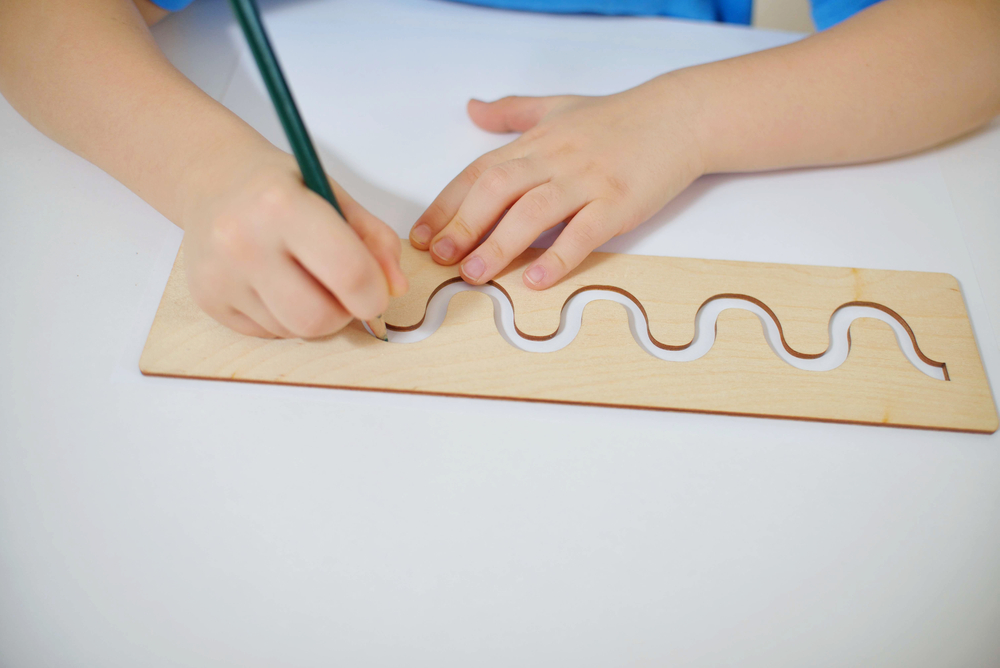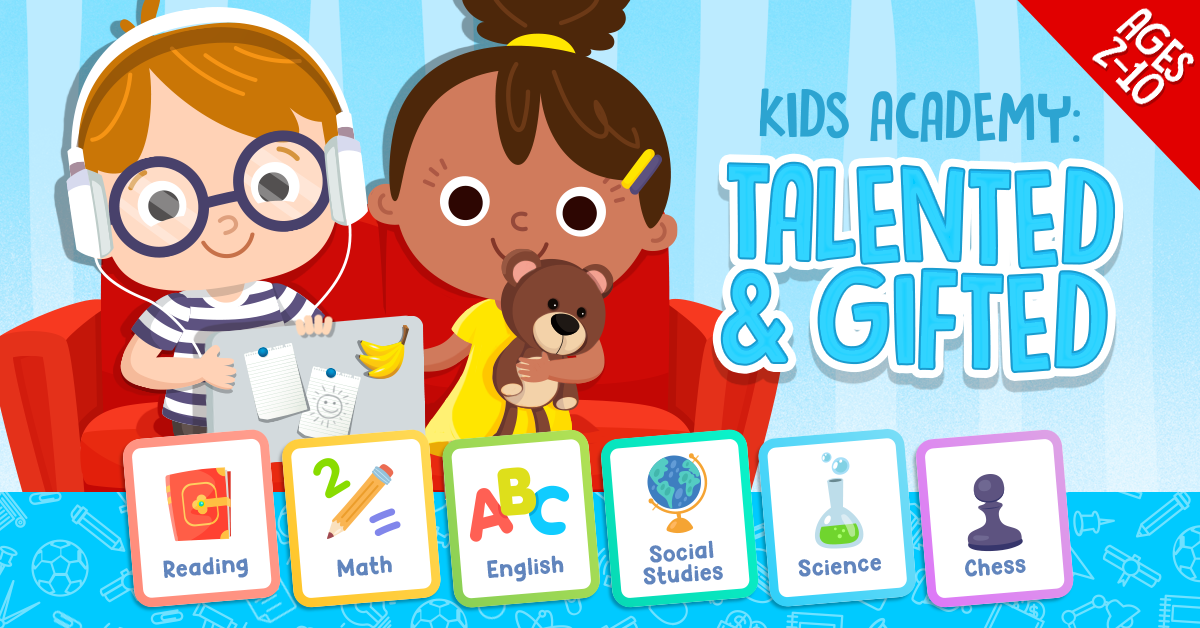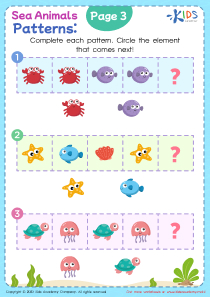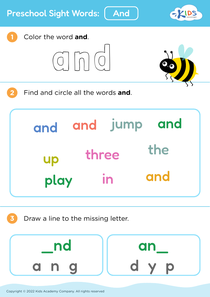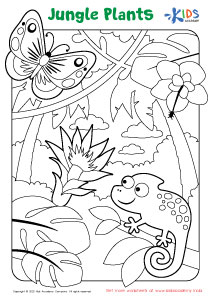Describe and compare measurable attributes.
10 filtered results
-
From - To
Discover the exciting world of measurable attributes with our engaging resources! Aimed at young learners, this section invites children to describe and compare different objects based on their measurable characteristics such as length, weight, and capacity. Through interactive worksheets and fun activities, kids will explore concepts such as bigger, smaller, heavier, and lighter to enhance their understanding of measurement. Our user-friendly tools develop critical thinking and observational skills, making learning about measurement enjoyable. Encourage curiosity and confidence in math as children practice comparing objects, paving the way for foundational math skills needed for future success. Let the adventure in measurement begin!
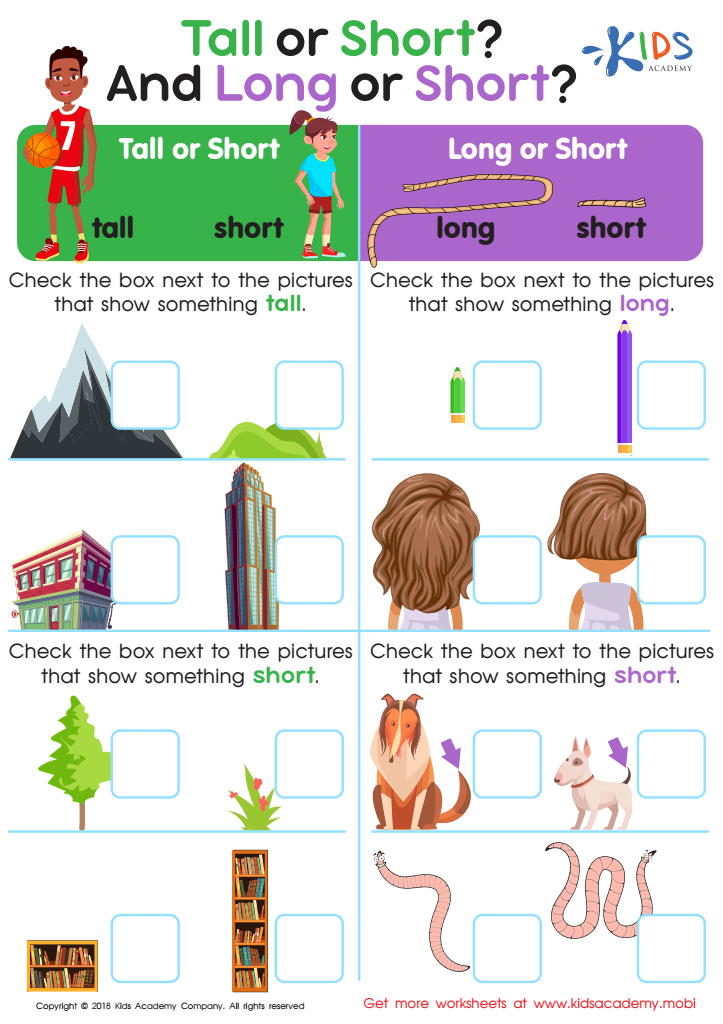

Tall or Short and Long or Short? Worksheet
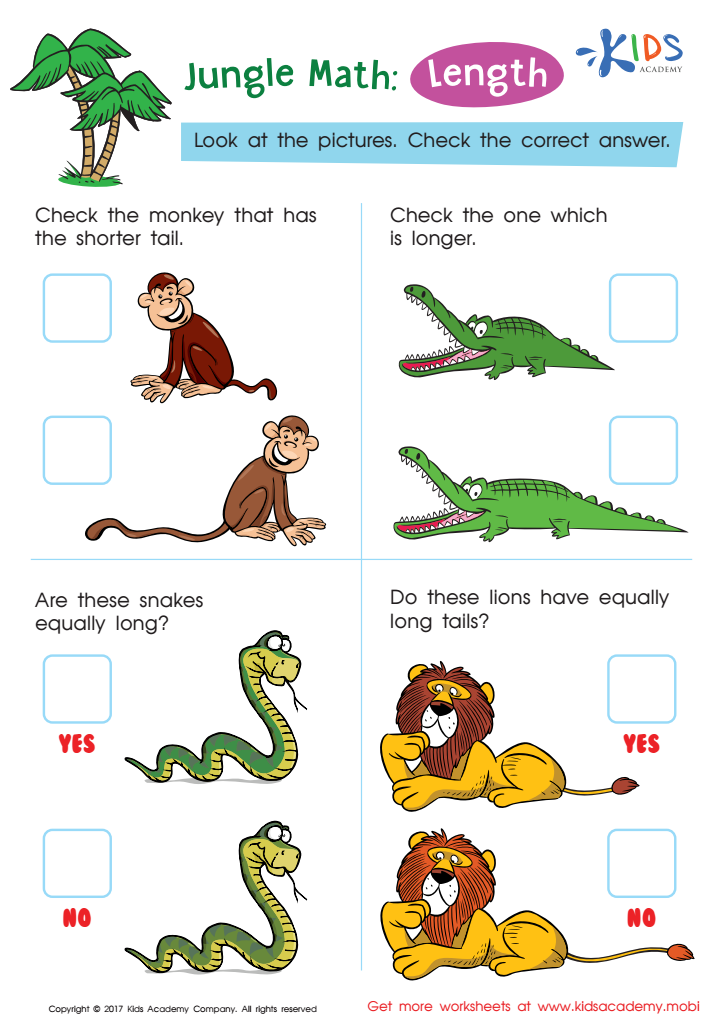

Which One Is Longer - Length Worksheet
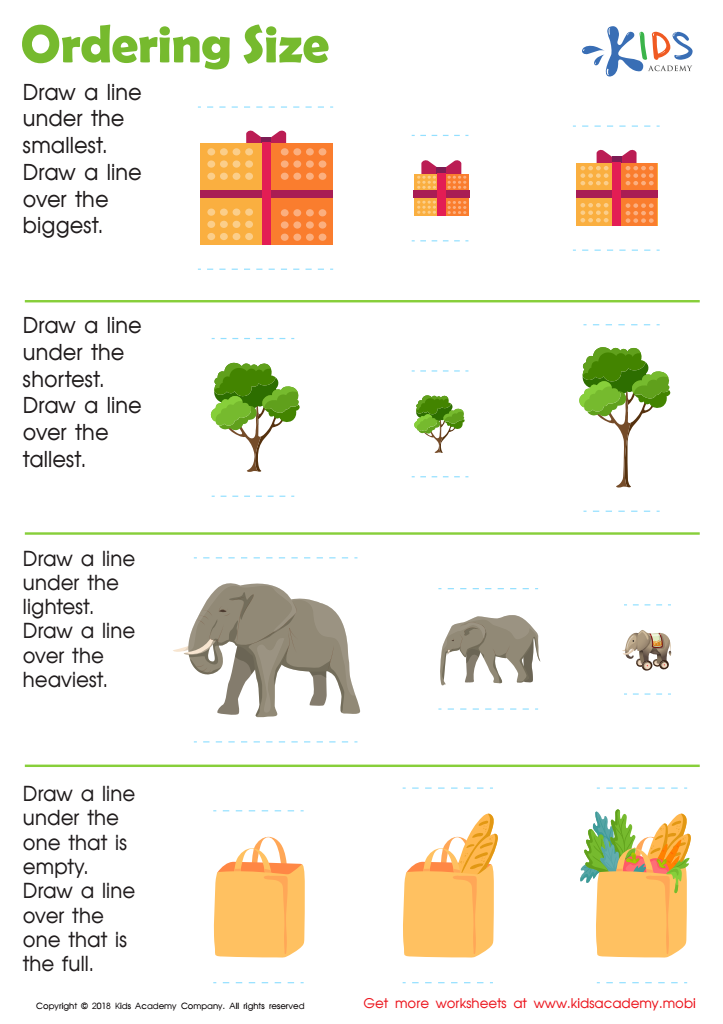

Ordering Size Worksheet
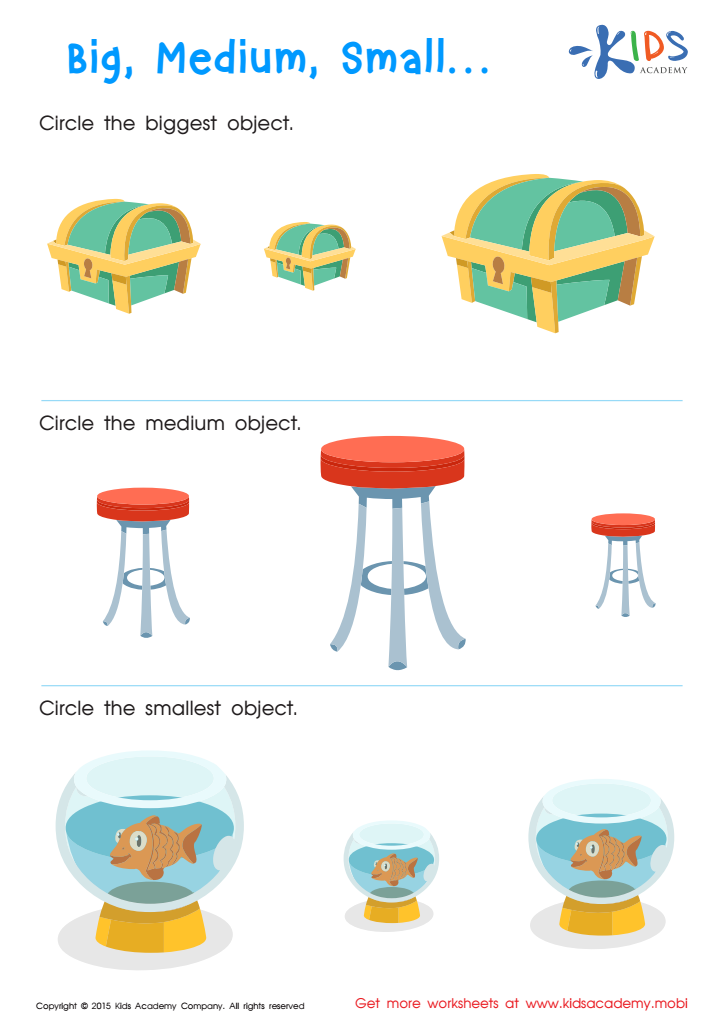

Big Medium Small Worksheet
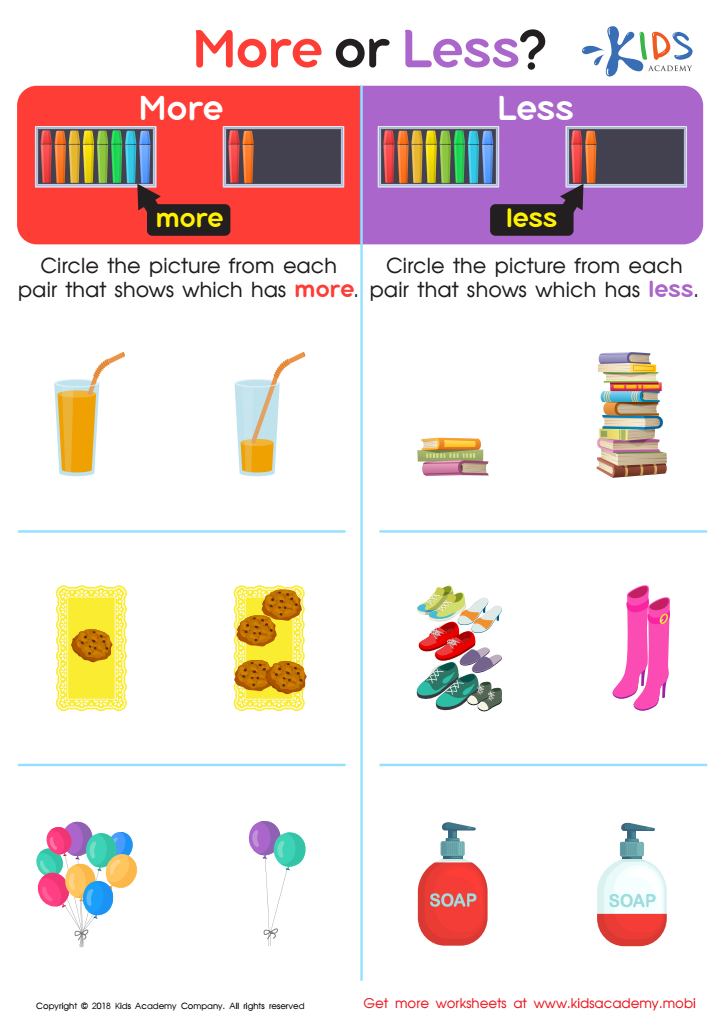

More or Less? Worksheet
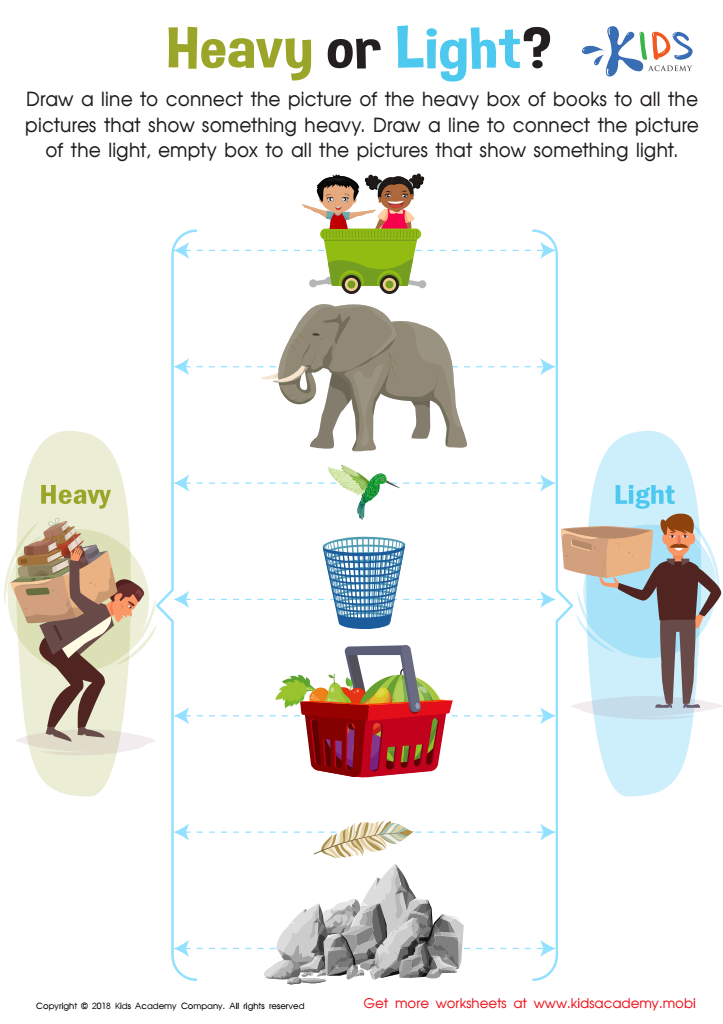

Heavy or Light? Worksheet
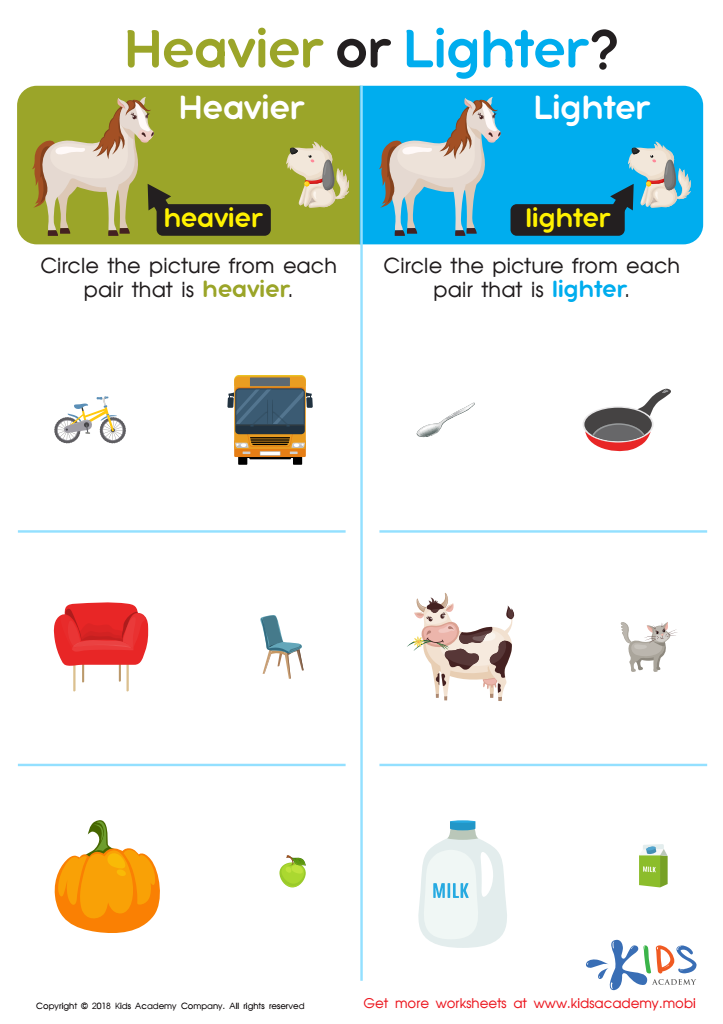

Heavier or Lighter? Worksheet
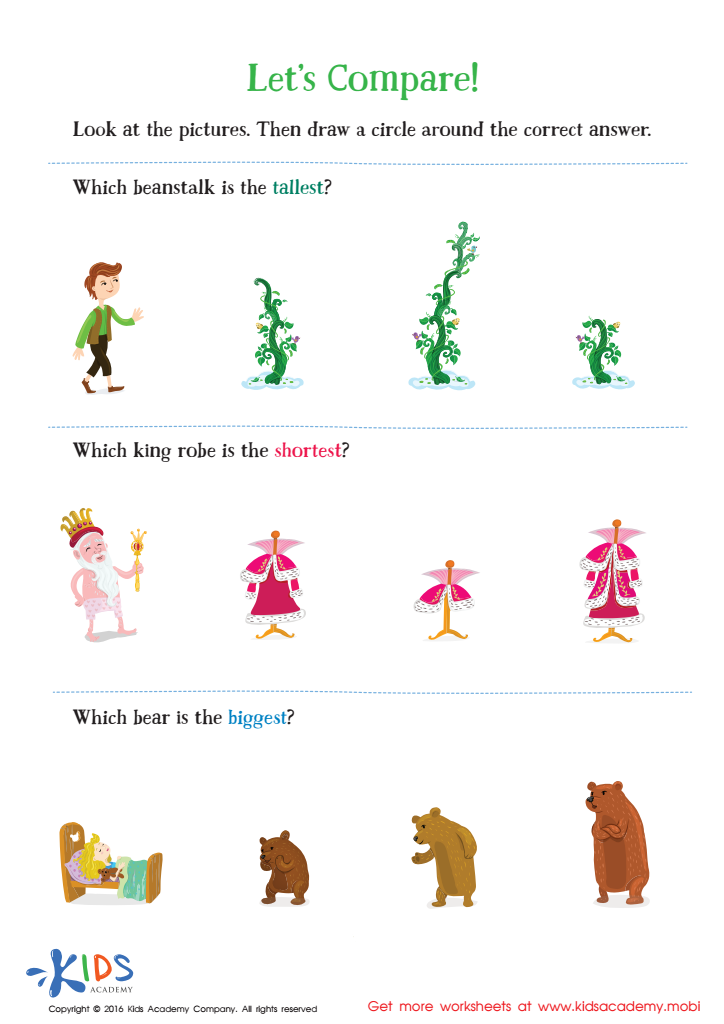

Fairy Tale Worksheet: Let's Compare
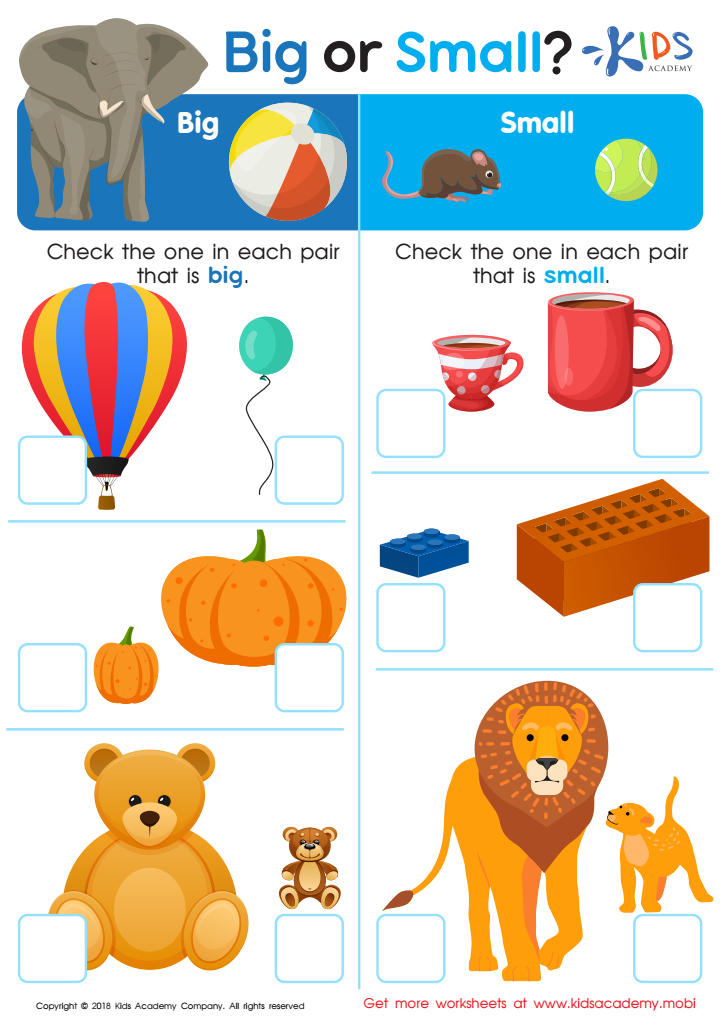

Big or Small? Worksheet
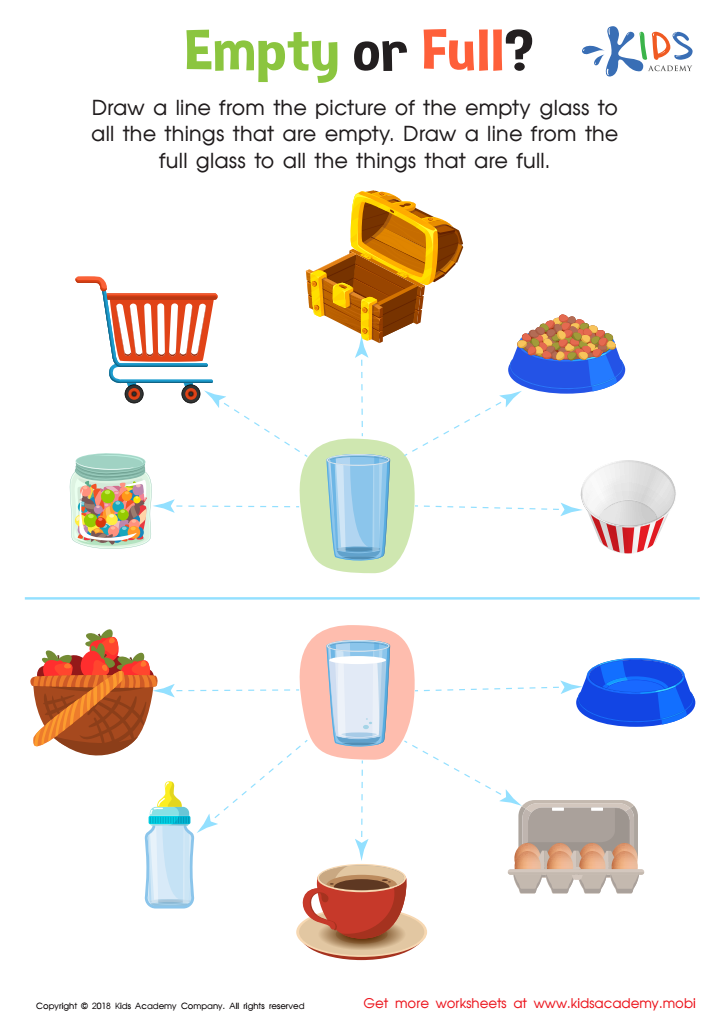

Empty or Full? Worksheet
Understanding and comparing measurable attributes, such as length, weight, and volume, is fundamental for children's cognitive and mathematical development. Parents and teachers should prioritize this because it fosters essential problem-solving skills and enhances critical thinking in young learners. When children learn to describe attributes, they can better understand their environment, leading to improved observational skills and scientific reasoning.
Additionally, engaging in comparative activities develops vocabulary as children learn new terms to articulate their observations. It encourages discussions that build language proficiency. For instance, comparing the height of objects teaches not only measurement concepts but also introduces vocabulary like "taller," "shorter," "longer," and more specific terms like "centimeter" or "inch."
Moreover, these activities are often hands-on and tactile, making learning experiential and enjoyable. Engaging learners in playful comparison tasks instills a sense of curiosity and inquiry, critical components of early education. Overall, focusing on measurable attributes supports foundational math skills, boosts confidence, and prepares children for more complex concepts in later grades. This foundational understanding plays a crucial role in their academic journey and everyday decision-making, establishing a strong basis for future learning.
 Assign to My Students
Assign to My Students



.jpg)


